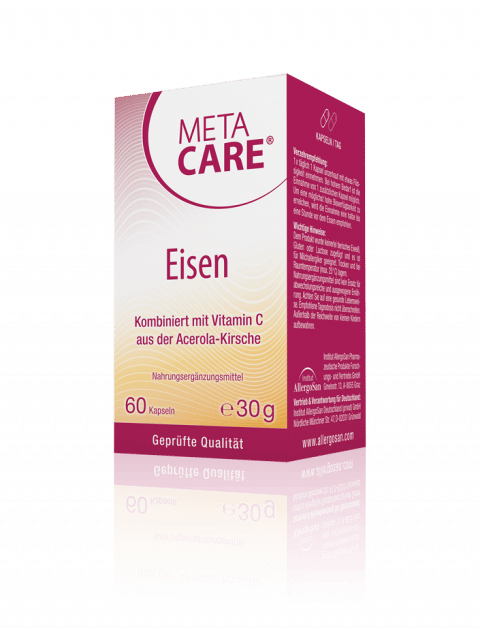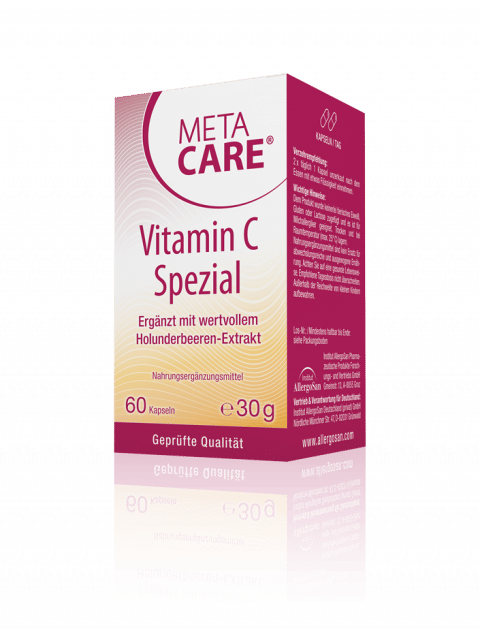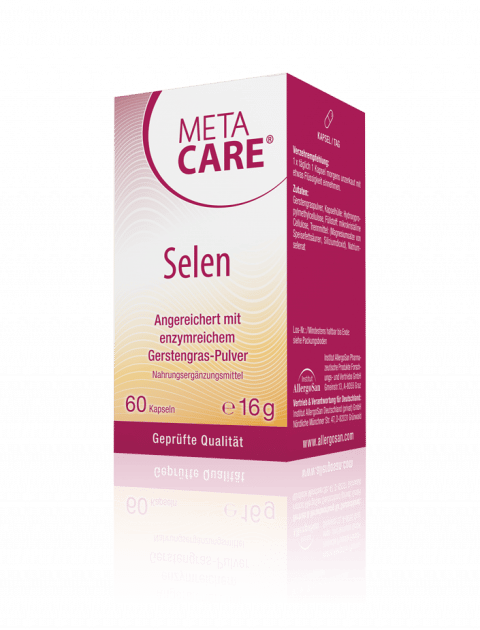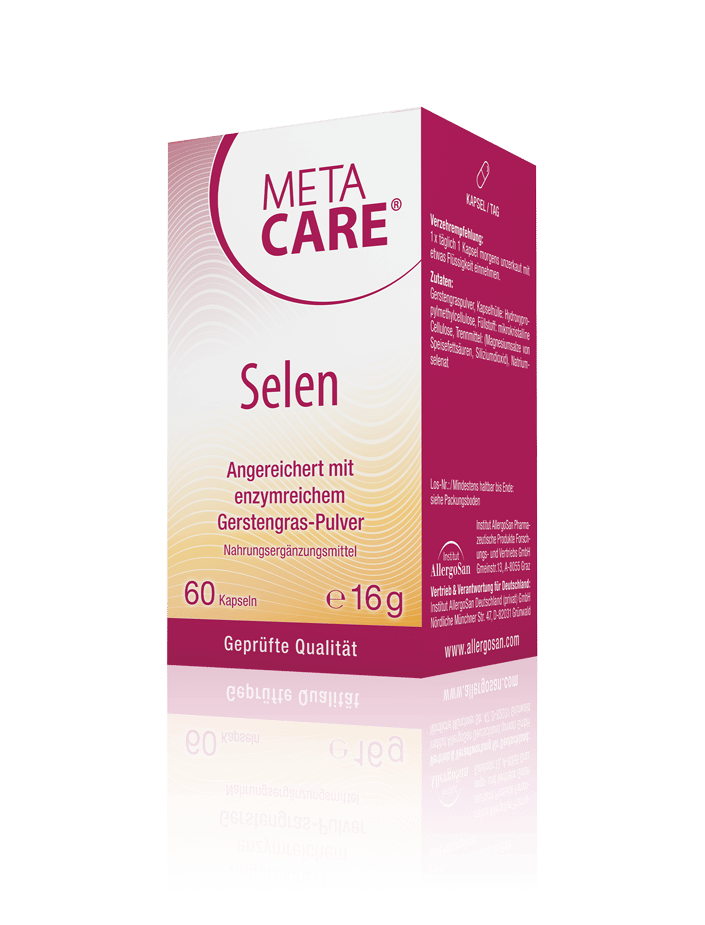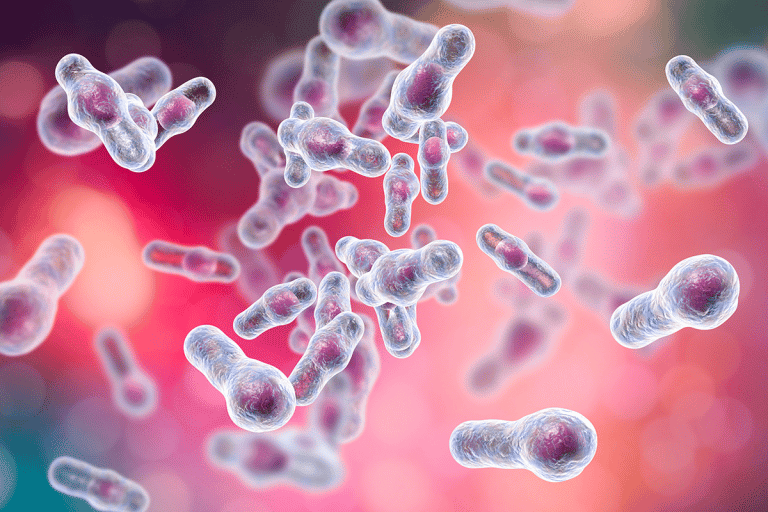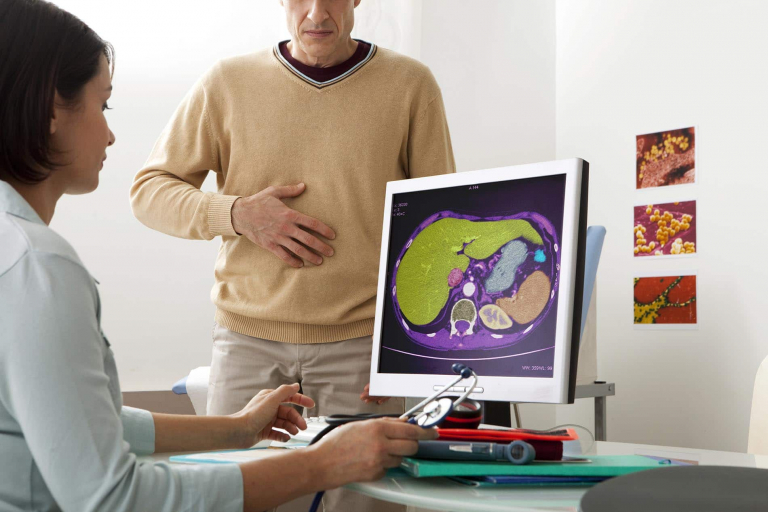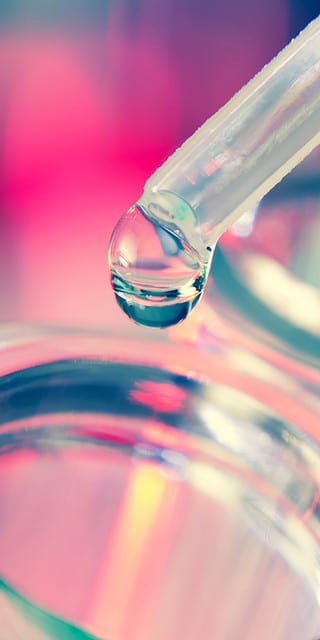
Stool diagnostics
It is known that there is a symbiotic relationship between humans and their gut bacteria, the microbiota. The intestinal bacterial community is the largest in the body and contains more than 1.000 species and controls various essential processes. Many acclaimed studies were able to demonstrate a correlation between clinical symptoms and changes in the composition of the microbiome, the so-called dysbiosis. This extends to our metabolism leading to the establishment of diabetes and excess weight as well as to our immune system or even chronic inflammation of the intestine and the development of cancer.
Intestinal microbes are able to break down substances like bile acids and to synthesise vitamins or anti-microbial substances. The latter can inhibit the growth of disease-causing germs. In addition, the microbiome supports the intestinal mucous membrane by providing energy sources or by releasing different substances that support the immune system.
Gut bacteria
The diagnosis of faeces regarding changes in the microbiota of the gut is based on the assessment of well-researched bacteria. Their useful or pathogenic characteristics have already been described a long time ago. Particularly well-known representatives are E. coli, Enterococcus, Bifidobacterium and Lactobacillus species. They can be reliably cultivated and represent an important part of the gut flora. But a variety of anaerobic bacteria, microorganisms that can only grow in an oxygen-free environment, can not be cultivated. They can only be assessed by special processes like molecular genetic sequencing. This is however extremely important because these bacteria account for the majority of the microbiome.
Every bacterial strain has different characteristics: the different properties of each intestinal bacterium are encoded within the bacterial genome, namely in the sum of their genes. To think that these tiny creatures also carry less DNA would be wrong: the genetic information of the gut bacteria exceeds that of the human by 150 times! Modern stool diagnostics uses exactly such varied information and the biovis’ medical laboratory also uses these techniques.
Stool diagnostics – varied information
Today analysis of the faecal flora can be carried out in different ways: a large part of today’s diagnostics is carried out with established cultivation techniques. Stool samples are applied to special growing media which are subsequently incubated and the growth is analysed after 1-2 days. The evaluation depends on the presence of potentially pathogenic agents, on high numbers of cultured facultative harmful yeasts, on the relationship between specific aerobic and anaerobic key bacteria and on the consistency of the faeces (colour and water content).
In order to complement the established cultivation methods so-called qPCR-based techniques (quantitative Polymerase Chain Reaction) are used to additionally quantify the obtained bacterial DNA to establish the number of particular bacteria through the use of specific probes.
Next to classical diagnosis that helps to identify about 30-40% of the intestinal bacteria different methods from molecular genetics are used. In order to clearly identify and analyse the microbiome these methods do not target the genes of the patient but those of his intestinal inhabitants (in particular: the microbial 16S-rRNA gene).
Stool analysis can help to gain a lot of important information: apart from evidence about the digestive capacity it is also possible to draw a conclusion about the status of the mucous membrane and the immune system of the intestine. With this data it is possible to determine or exclude the source of symptoms and to design targeted therapies. Medical diagnosis was enormously improved by the development of medically relevant probiotics because faecal analysis also demonstrates the imbalance of different bacterial strains. Offering particularly selected combinations of bacteria can then compensate this.

“The intestine is the source of all misery”
One might assume that illnesses developing within the intestine only affect the body’s core. But this is only partially true! Bacteria like Faecalibacterium prausnitzii can produce short fatty acids like Butyrate by fermenting carbohydrates in the colon. Butyrate is the most important energy source for colon cells (so-called colonocytes). In addition, it has an anti-inflammatory effect and protects cells from aging. Meaning it has a preventative value.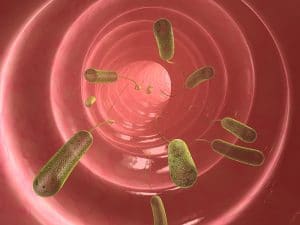
The microbiome analysis also looks at obligatory anaerobic Clostridia: this genus includes both, pathogenic and useful germs able to positively influence our immune system and to induce a rise in IL-10, an endogenous anti-inflammatory substance. However, so-called Cluster-I-Clostridia contain toxin-producing types that can be observed frequently in autism-related disorders and in patients with neurodegenerative problems like Dementia and Morbus Alzheimer. Bacteria that reduce sulfates can contribute to intestinal diseases by producing hydrogen sulphide (H2S). Hydrogen sulphide is a toxic metabolic product and damages epithelial cells of the intestine and thus promotes the appearance of atypical “non-standard” cells.
Healthy gut – healthy person
A healthy colon is characterised by epithelial cells that are protected by a layer of mucus. If this so-called mucin layer is damaged or if insufficient mucus is produced pathogens, harmful substances or allergens can come in direct contact with the mucus membrane (epithelial cells of the intestine) and induce inflammation. The preservation of an intact mucosal barrier protects from harmful pathogens and thus from inflammation. The mucous layer is continuously regenerated. The bacterium Akkermansia muciniphila significantly contributes to the preservation of the mucosal layer by first breaking down mucous and increasing the production of particularly viscous and impenetrable mucous in goblet cells immediately afterwards. This provides the basis for the production of Butyrate one of the short-chained fatty acids and the most important energy source for the intestine.
The understanding of these relationships increases with each completed analysis carried out exclusively by renowned institutions. Particularly biovis’ Diagnostics carry out their analysis not to serve diagnostics but to serve the patient. In this, innovations play an essential role. Close cooperation with renowned national and international research groups provide the basis to advance faecal diagnostics, clarification of food intolerance and occurrence of oxidative stress or immune deficiencies. This diagnosis, in combination with innovative and indication-specific probiotics, offers new therapy options for physicians and patients. Individual treatment methods are developed in cooperation with strong partners like the Allergosan Institute to regenerate health it the body’s core.

